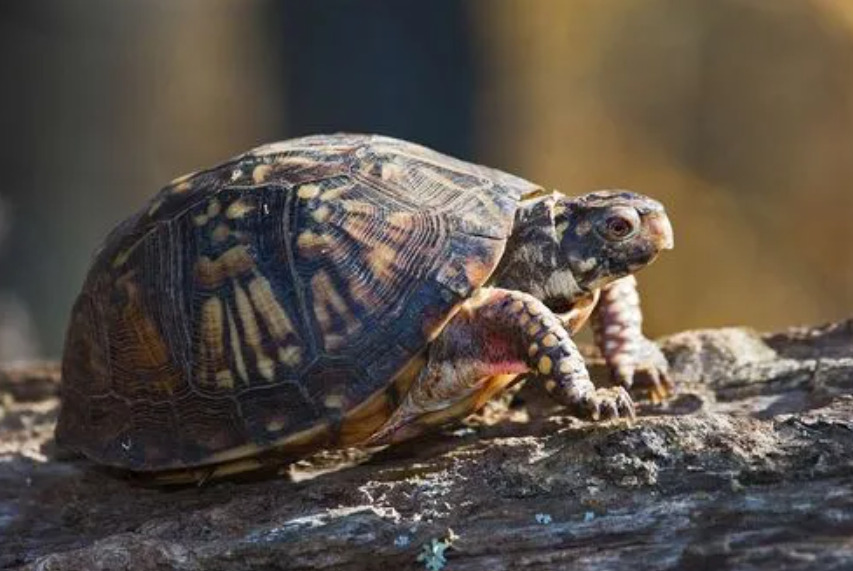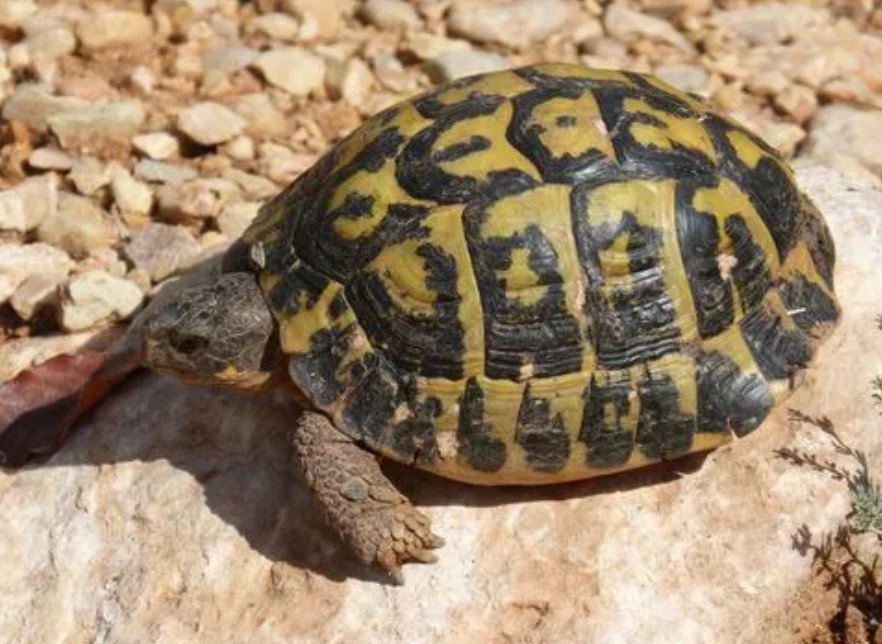Turtles are among the most captivating and endangered creatures in our oceans. Their life journey is nothing short of remarkable, from the moment they hatch to their decades-long sojourn in the open sea. In this blog, we will embark on a voyage of discovery, exploring the intricate and awe-inspiring lifecycle of turtles in turtle habitat.
Nesting and Egg-laying in Turtle Habitat
Nesting and Egg-laying
The journey of a turtle’s life begins on sandy shores, where mature females return to lay their eggs. This nesting process is a remarkable spectacle, as the mother turtle laboriously crawls ashore, digs a pit, and deposits her clutch of eggs. It’s an act of nature that has continued for millions of years.
Lifespan and Longevity
Turtles are known for their impressive longevity in turtle habitat. Depending on the species and environmental factors, they can live for several decades to over a century. This extended lifespan allows them to contribute to the ecosystem for many years and reinforces their importance in maintaining the balance of marine environments.
Seasonal Nesting Patterns
The timing of nesting for turtles varies by species and turtle habitat. Some species nest year-round, while others have specific nesting seasons. These patterns are influenced by factors like temperature, lunar cycles, and geographical location, and they play a vital role in regulating sea turtle populations.
Hatching and Oceanic Stage
Incubation and Hatching
Once the eggs are laid, they are left to incubate in the warm sand. The temperature of the sand determines the gender of the hatchlings, with cooler sand producing males and warmer sand producing females. After a period of incubation, the hatchlings emerge, tiny and vulnerable, and instinctively make their way to the ocean guided by the moon’s reflection on the water.
Early Oceanic Stage
The first part of their oceanic journey in turtle habitat is perhaps the most mysterious. Hatchlings spend several years drifting on ocean currents in the open sea. They are at the mercy of these currents, and only a small percentage of them survive to reach the next stage of life.

The Lost Years and Juvenile Stage
The Lost Years
Following their oceanic journey, young turtles enter a phase known as “the lost years.” During this time, they remain in the open ocean as turtle habitat, growing and feeding on tiny aquatic organisms. It’s called “the lost years” because very little is known about this period of their life, and they rarely come into contact with humans or the coast.
Juvenile Stage
As they grow, turtles eventually move to coastal areas, often seeking refuge in seagrass beds and coral reefs as turtle habitat. Here, they continue to mature, gradually transitioning from a diet of small organisms to a herbivorous diet, feeding on seagrass and algae. This stage is crucial for their development and prepares them for adulthood.
Maturity and Reproduction in Turtle Habitat
Maturity and Reproduction
After many years, turtles reach maturity, usually between the ages of 20 and 50, depending on the species. They return to the same nesting beaches where they hatched to continue the ancient cycle. Mating takes place offshore, and females return to lay their eggs on the very beaches they once left as hatchlings.
The Circle of Life
The lifecycle of a turtle comes full circle when hatchlings emerge from the nest and venture into the open ocean as turtle habitat, continuing the cycle for generations to come. This cyclical journey is not just a remarkable feat of nature but also a symbol of resilience, as sea turtles face numerous threats throughout their lives, from predation to pollution.
Navigation and Imprinting
One of the most astonishing aspects of turtle biology is their ability to navigate across vast oceanic expanses. Hatchlings imprint on the unique magnetic field of their natal beach as they leave, which helps them return to the same location when they are ready to lay their own eggs. This navigation ability is a testament to the intricacies of their life cycle.

Conservation and Challenges in Turtle Habitat
Conservation Challenges
While the lifecycle of turtles is awe-inspiring, it is not without its challenges. These magnificent creatures face threats at every stage of their journey. From nests being raided by predators to ingesting plastic in the open ocean as turtle habitat, and the destruction of nesting beaches due to human development, sea turtles require our protection and conservation efforts to ensure their survival.
Predation and Survival
Throughout their early life stages, turtle hatchlings face numerous natural predators. Birds, crabs, and other marine creatures eagerly await their emergence from the nest. The journey from the nest to the ocean is fraught with danger, and only a small fraction of hatchlings survive this critical phase.
Conservation and Protection Efforts
Understanding the intricacies of the turtle’s lifecycle is essential for their conservation. Numerous conservation efforts and organizations worldwide work tirelessly to protect nesting beaches as turtle habitat, reduce plastic pollution, and minimize human disturbance during nesting seasons. Raising awareness about these remarkable creatures and the challenges they face is a critical aspect of these endeavors.
Understanding the lifecycle of turtles in turtle habitat is an essential step in their conservation. Their incredible journey from the sandy shores to the open ocean and back again is a testament to the resilience of nature. However, it is also a journey fraught with challenges. By learning about their lifecycle and the threats they face, we can work towards their preservation and ensure that these ancient mariners continue to grace our oceans for generations to come. Turtles are a symbol of the delicate balance of life in our oceans, and it is our responsibility to protect them and the ecosystems they inhabit.
